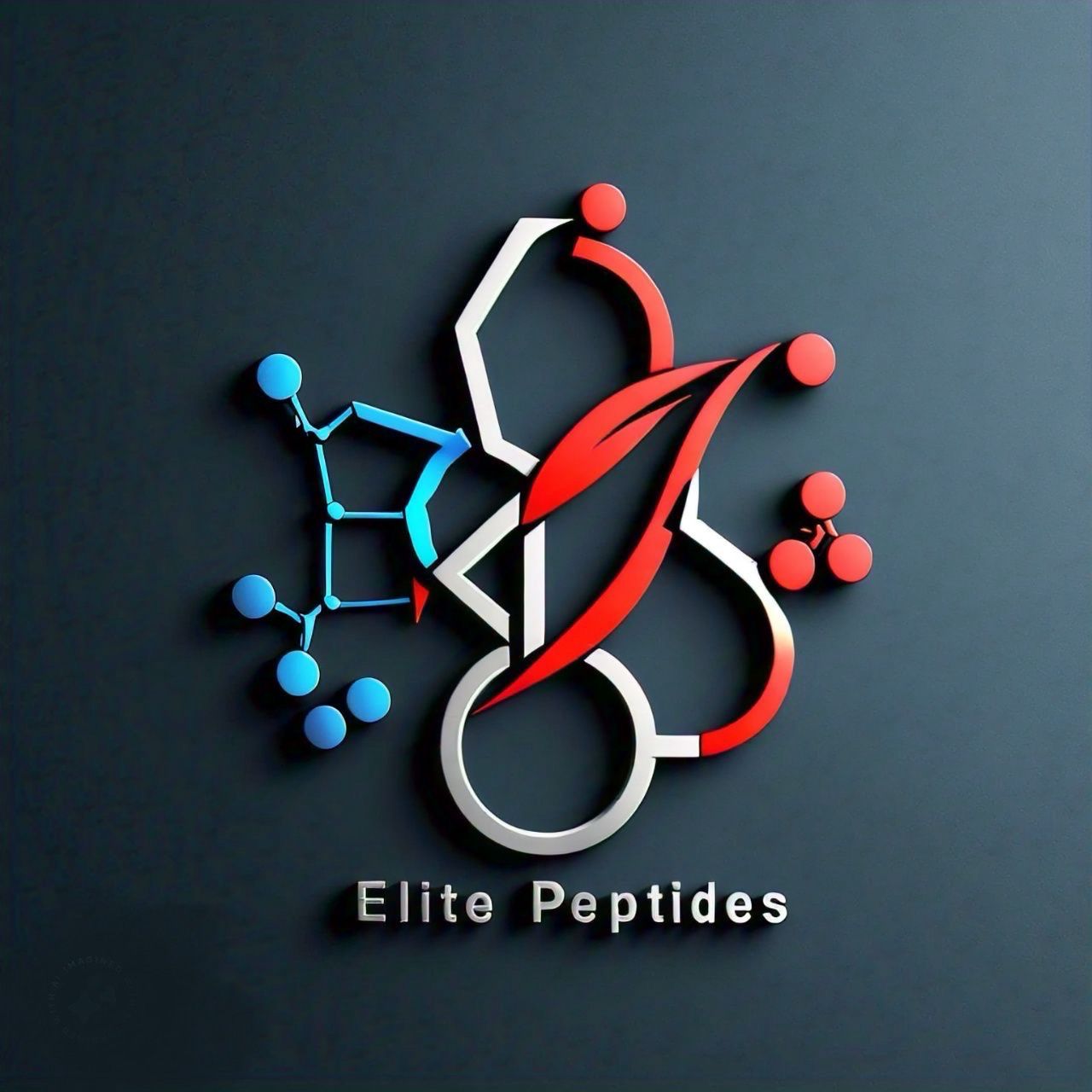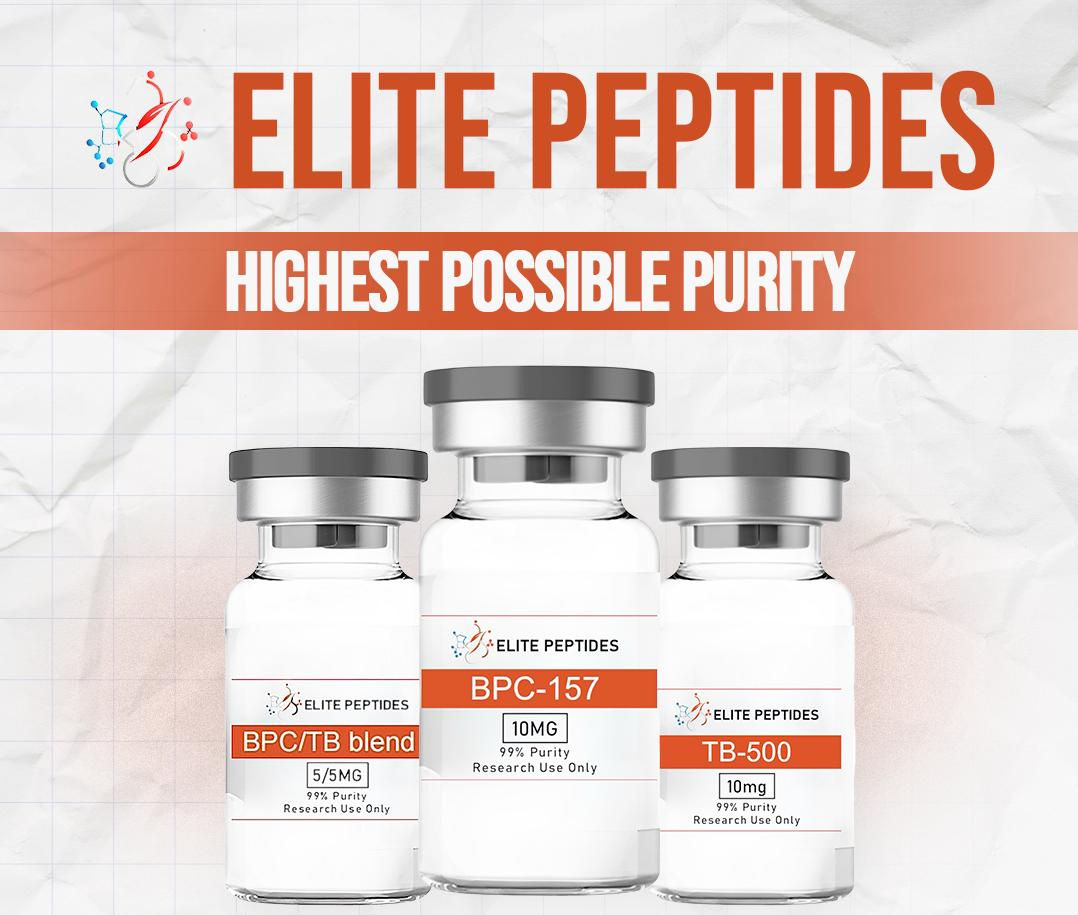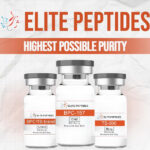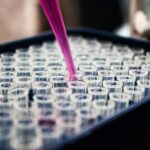Peptides have become increasingly popular in scientific research, medical applications, and fitness communities due to their diverse biological effects. However, peptides are delicate molecules that require proper handling to maintain their stability and efficacy. Two critical aspects of working with peptides are reconstitution (preparing them for use) and storage (preserving their potency over time). This article provides a step-by-step guide to peptide reconstitution and best practices for storage.
What is Peptide Reconstitution?
Peptides are typically shipped in a lyophilized (freeze-dried) powder form to ensure stability during transport and storage. Before they can be used—whether for research, injections, or other applications—they must be reconstituted, meaning dissolved into a liquid solution. The reconstitution process involves adding a solvent, such as bacteriostatic water or sterile saline, to the peptide powder.
Improper reconstitution can degrade the peptide, reducing its effectiveness or rendering it unusable. Therefore, understanding the correct method and materials is essential.
Materials Needed for Reconstitution:
- Lyophilized Peptide: The peptide in its powdered form, usually stored in a vial.
- Solvent: Common options include:
- Bacteriostatic Water: Sterile water with 0.9% benzyl alcohol, which prevents bacterial growth and is the most widely used solvent for peptides.
- Sterile Saline: A 0.9% sodium chloride solution, suitable for some peptides but less common due to lacking preservative properties.
- Sterile Water: Plain water without additives, typically used only for single-use reconstitution due to its lack of antibacterial agents.
- 3.Syringe: A sterile syringe (e.g., 1 mL insulin syringe) for measuring and adding the solvent.
- Alcohol Wipes: To sterilize the vial tops and maintain a clean working environment.
- Calculator: To determine the correct solvent volume based on desired concentration.
Step-by-Step Guide to Peptide Reconstitution:
- Calculate the Dosage: Determine how much solvent to add based on the peptide amount (in milligrams) and your desired concentration (e.g., mg/mL). For example:
- If you have 5 mg of peptide and want a concentration of 1 mg/mL, add 5 mL of solvent.
- For 2 mg/mL, add 2.5 mL of solvent.
- Prepare Your Workspace: Clean your hands and work surface. Use alcohol wipes to sterilize the rubber stopper of the peptide vial and the solvent vial.
- Draw the Solvent: Using a sterile syringe, draw the calculated amount of solvent. Be precise to avoid over-dilution.
- Add Solvent to the Peptide: Slowly inject the solvent into the peptide vial, aiming the needle at the side of the vial rather than directly into the powder. This prevents excessive agitation, which can damage fragile peptides.
- Dissolve the Peptide: Gently swirl or roll the vial between your hands to mix the solution. Do not shake vigorously, as this can denature the peptide.
- Inspect the Solution: Ensure the peptide is fully dissolved and the solution is clear. If cloudiness or particles remain, the peptide may be compromised.
- Label the Vial: Note the date of reconstitution and concentration for future reference.
Peptide Storage Guidelines:
Once reconstituted, peptides are more susceptible to degradation due to exposure to moisture, temperature fluctuations, and microbial contamination. Proper storage is critical to maintaining their integrity.
Before Reconstitution (Lyophilized Form):
- Temperature: Store lyophilized peptides in a cool, dry place, ideally at -20°C (freezer) for long-term stability. Many peptides remain stable at room temperature (20-25°C) for weeks to months, but freezing extends shelf life significantly.
- Environment: Keep peptides in their original vials, sealed tightly, and protected from light and humidity.
- Shelf Life: Most lyophilized peptides can last 1-2 years or more when stored properly at -20°C.
After Reconstitution:
- Temperature: Store reconstituted peptides in a refrigerator at 2-8°C. Freezing reconstituted solutions is generally not recommended unless specified by the manufacturer, as freeze-thaw cycles can damage some peptides.
- Solvent Choice Impact: Bacteriostatic water extends the shelf life of reconstituted peptides (up to 4 weeks or more at 2-8°C) due to its antibacterial properties. Sterile water or saline solutions should be used within 24-48 hours unless frozen or specified otherwise.
- Light and Air Exposure: Keep vials in a dark, airtight container to minimize degradation from light and oxygen.
- Shelf Life: Reconstituted peptides typically remain stable for 2-4 weeks in the fridge, though this varies by peptide type. Always check manufacturer guidelines.
Common Mistakes to Avoid:
- Over-Agitation: Shaking the vial during reconstitution can break peptide bonds, reducing potency.
- Using the Wrong Solvent: Some peptides require specific solvents (e.g., acetic acid for certain types). Consult the supplier’s instructions.
- Improper Storage: Leaving peptides at room temperature after reconstitution or exposing them to sunlight accelerates degradation.
- Contamination: Failing to sterilize equipment or reusing syringes can introduce bacteria, compromising the solution.
Tips for Success:
- Pre-Measure: If you don’t need the entire vial at once, consider reconstituting only a portion by dividing the lyophilized powder into separate vials before adding solvent.
- Check Stability: Research the specific peptide’s stability profile, as some (e.g., IGF-1) degrade faster than others (e.g., BPC-157).
- Use Quickly: For optimal potency, use reconstituted peptides within the recommended timeframe.
Conclusion:
Peptide reconstitution and storage are straightforward processes when approached with care and precision. By using the right materials, following proper techniques, and adhering to storage guidelines, you can ensure your peptides remain effective for their intended purpose—whether that’s advancing research or supporting personal health goals. Always refer to the peptide manufacturer’s instructions for specific recommendations, as variations exist between peptide types. With these best practices, you’ll maximize the shelf life and efficacy of your peptides, unlocking their full potential.




